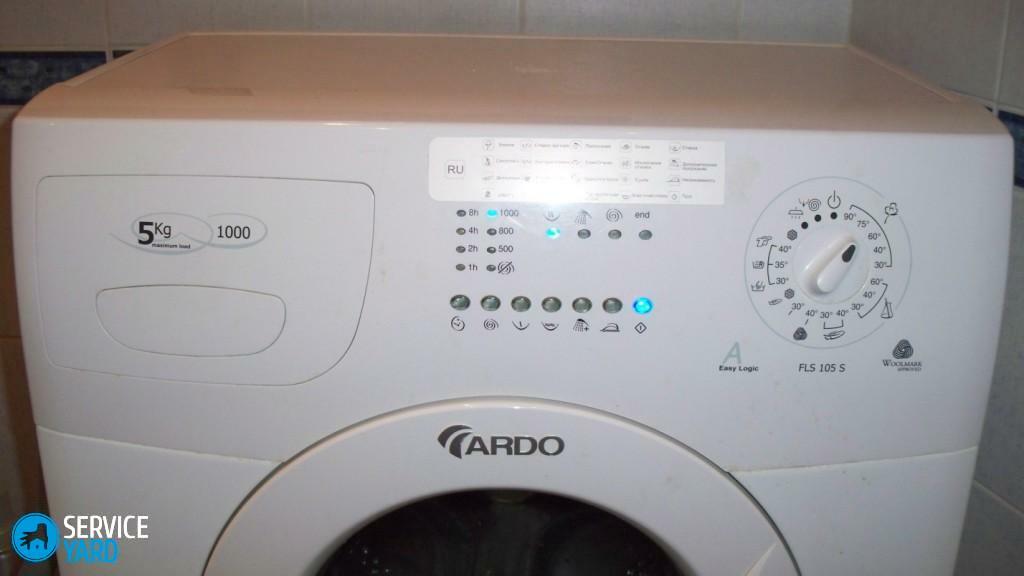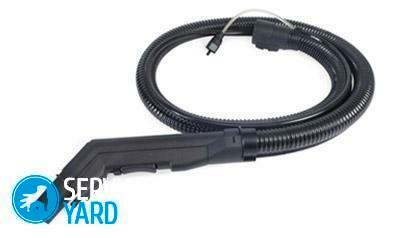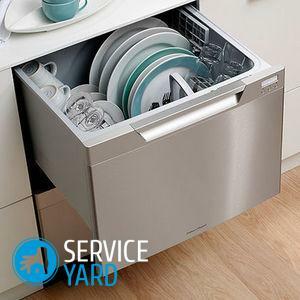Hydraulic heating systems used today in everyday life, provide a convenient and efficient alternative heating. Despite the relatively simple and straightforward working principle, such systems are distinguished by a large range of components, devices and mechanisms to ensure the functionality of the heating equipment. For underfloor heating, you want to equip your home or apartment, you can not do without special valves.

One of the most common and familiar mechanisms used in liquid-floor heating systems are mixing faucets and valves. The devices perform one of the basic functions, the coolant flow adjustment in the system. Three-way valve used for floor heating, plays a key role in this regard. Without it difficult to imagine the normal operation of the warm water floors, especially when it comes to a complete home heating system. Used to practice water floor can be simple and complicated design. Simple heating circuit typically equipped with mechanical mixing devices with manual transmission. Consider in more detail what a three-way valve, the principle of this device and design features.
Scope of crane
If unimportant to you is, what will be equipped with a heating system in your home, try to use the most simple, reliable and proven mechanisms and components. Three-way valve, since its inception, has become one of the most common type of valves. The apparatus is so designed that would be by simple mechanical manipulation and simple to carry out adjustment of the water flow.
Important! It should be understood that the warm floor - a low-temperature heating system. The maximum permissible parameters for the heating temperature of 35-550FROM. Sources heating water is heated to 75-950FROM. Setting the three-way stopcock provides mixing of hot and cold water and for the subsequent supply of treated water in the water circuit underfloor.
Installing in the piping system of such a valve, you get to by switching independently distribute the direction and intensity of the heat transfer medium flows, mixing with cold water hot stream. The name of the crane was due to the principle of action. Most of the work performing device, having three switching point by combining two water flow in the third. In appearance the valve is a conventional tee fitted inside the locking or regulatory mechanism. Features device before mixing unit, in place of connecting the bypass to the main, the flow pipe.

Typically, three-way valve used in the system of warm floors to increase the efficiency of the heating circuit. Work unit provides, as mentioned earlier, the mixing water of different temperatures in a single stream. These adjustments create the necessary temperature conditions in a heated room and gives substantial energy savings when using heating devices.
Design features and principle of operation of the crane
The need for mixing and distribution of the water flow at first glance, simple and clear. However, not everyone understands how the desired effect can be achieved. For this we consider the principle of work of the three-way valve and its construction. For better presentation, consider the internal crane device in different modes.

The following figures show diagrams phased switching crane:
- Regulation first: second valve closes the branch pipe, the main stream is fed from the third nozzle toward the first nozzle. The system circulates cold water.

- Position second: third overlapping stream (typically a bypass) and the main flow of hot water follows from the second nozzle toward the first.

- Third position: the movable valve installed in a middle position between the second and the third pipe. In this position the mixed cold water from the third nozzle with hot water supplied from the second. Furthermore the flow is directed into the first conduit.

Due to the drawings it is clear of the valve action principle of how the water passes through the device and how the cold water to mix with the hot liquid.
For a better understanding, consider an example: The temperature of the coolant is supplied from the central heating system is 700FROM. Underfloor heating, laid in a room, you need to have the water temperature 35-550FROM. Reduce the temperature of hot water circulating in the riser extending from the CO or the heating device, it is technically impossible. What is being done in these situations?
Solve the technological problem to help the mixing valve - three-way. Built-in conduit device creates technological possibilities for mix with cool water coming in the opposite direction of the water circuit with the main flow of hot water. How it's done?
Checkbox movable damper is located at a medial position between the second and third inputs of the crane. As a result of the return water, temperature 200C is mixed with hot water supplied from the heat source temperature of 700FROM. At the outlet, the first outlet is already prepared water for underfloor heating the optimal temperature.
Similarly carried coolant temperature, consumable for multiple water circuits.
Working according to this scheme, the three-way valve has a corresponding design. The product is usually made of durable metal alloy, brass or bronze. The main body is a cast structure with three inlets. Two fitting provides supply of cold and hot water, but the third, outlet used for supplying the working fluid for the heating circuits.
The locking mechanism in the crane can be of three types:
- cone;
- cylindrical;
- ball.
Adjustment of flow rate and direction of the rod carries, detail of the mechanism moving in an upright position and propelling the locking element. In most models, in particular in those where the device shown in Figures, a ball valve is used, rotating on its axis. Less commonly used cylindrical and cone valve.
On a note: Ball valves provide maximum shutoff nozzle, unlike rod which is engaged in only a redistribution of flows. The best option would be the use of crane models, has just two functions: locking and distribution.

From the viewpoint of processability, both the type and the stop cock can perform distribution and mixing and flow distribution. In practice, the three-way shut-off valve that is more difficult to cope with the mixing regime. Such products are usually equipped with ball or cylinder valves. In the case of adjusting (distribution) the situation is different taps. The rod moves under manual control or a thermal head may be controlled in silent mode (in the case of a three-way valve) .Such taps is much more reliable, since a considerable pressure shock in the conduit, the rod can withstand water hammer.
Buying a three-way valve, it is necessary to pay attention to the technical parameters of the device:
- manufacturing material;
- maximum working temperature of the coolant (usually up to 1200);
- nominal pressure PN in the range 10-16 kgf / cm2;
- nominal width of 15-40 mm.
Important! When improper operation of the crane mechanism may jam. It is not necessary to purchase a cheap device. Rapid wear of movable construction elements will result in the loss of sealing assembly. Modern powder alloys used for the manufacture of sanitary units, poorly resistant to corrosion and can not stand the water hammer.

Distribution valves are set for the binding of heating systems, heating boilers using complete with storage boilers. Externally, both the type and the mixing and dispensing valves are identical. The only difference - the operating mode. This can be a hydraulic mode AC or DC.
Three-way bypass valve at constant used in households when there is circulating the coolant volume constant. Variable Hydraulic mode is suitable for heating systems where podmes carried out depending on the volume of thermal fluid.
Installation of three-way stopcock
Products are installed to the primary, supply pipe to a circulating pump and mixing nodes. Fastened cast crane structure by means of couplings, flanges or by welding (using a metal pipe).
The heating system commonly used devices of the following types:
- G, T and S - shaped, depending on the rotation of the form;
- by the method of planting shutter mechanism - cranes gage or tension;
- the type of flow of the taps are tentatively crossing and full bore.
Operation can be controlled manually. Typically, such a control method is the cheapest and widespread. Operating the three-way cock in this case is similar to the operation of the ball valve. Appliances fitted with a thermal head and the motor, mounted in a heating system designed for heating large surfaces and assuming continuous operation. We are talking about the technological upgrading of the conventional valve in a tech device - the three-way valve.
Widely considered a model of crane equipped with pneumatically. This type of device is safe unlike electromechanical device.

Differences between three-way stopcock on the three-way valve
Getting to the installation of floor heating, a few of us feel the difference between the three-way valve and the valve of similar construction. If you want to equip a simple and fairly cheap heating system, prefer the conventional valve. If on the contrary, you have conceived an ambitious design, a full heating of premises due to underfloor heating, it is better to give preference to the three-way valve. A significant difference between the two devices is not. The only difference in the control embodiments. Three-way valve is manually operated, whereas the valve is more complicated technically device is designed for automatic operation.

Shifting position gate valve is performed in an automated instrument by the operation of the electromechanical device. Working with manual valves control the flow you make on a whim, self-defining: cold indoor heat or by increasing or decreasing the intensity of the flow of hot water loops in water floor.
The three-way valve interacts with a thermostat that controls the temperature in the room. On exceeding predetermined temperature or a decrease parameter, the thermal head device responsive actuating the shutter rod. Due to the installation of the heating system "warm floor" three-way valves is possible not only to achieve the required temperature, but also to optimize the operation of all heating circuits.
By the principle of action of the valve usually mixing and distribution.
conclusion
When installing underfloor heating you can not do without the use of three-way stopcock. Give preference to mechanical products, or to put on line automated device, the three-way valve, you decide.
When installing the mixing unit and directly distributing cranes make better use of the experience and knowledge of experts. Mistakes made during installation, may cause disturbances in the coolant circulation system and subsequently cause mechanical damage to the pipeline underfloor. Despite the fact that the bypass valve is time-tested design, the operation of articles should abide by the rules and regulations, extending the shelf life of the instrument.



